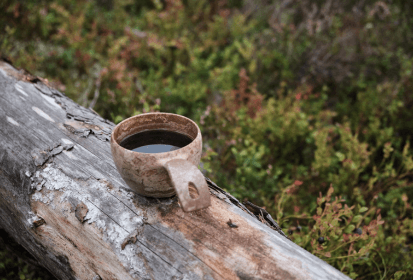Do you want the food prepared for the trip to stay warm for several hours, for example from breakfast to lunch? This won't be a problem with a food thermos. Just naturally choose the right one that will best suit your needs.
A thermos for food or also a thermo food carrier is a container that can keep food warm even for several hours. The first thermos was created in 1892, when it was invented by Sir James Dewar, who was then working at the University of Oxford. Although he did not need his invention for food or drinks at the time, but for his chemical experiments, the thermos soon gained popularity among the public and found its irreplaceable place in households. How does such a container work? And what options are available to us today?
Get rid of air
A classic single-walled container, bowl or pot is unsuitable for transporting heat-treated food, as they retain its temperature only for a very short time. This is where a thermal food carrier comes in, which, unlike a regular container, has a double-walled design. At the same time, all air is sucked out of the space between the two walls to create a vacuum that practically does not conduct heat.
In a normal environment, a physical phenomenon known as heat exchange occurs, which uses vibrating particles to equalize the temperature between the object (in our case, food) and its surroundings. And since heated food is usually warmer than its surroundings, this means that it will inevitably cool down.
On the other hand, there are no particles in a vacuum, so the vacuum does not conduct heat. The cooling of the food thus occurs much more slowly, and this is even more due to the influence of the lid and also the transition between the lid and the body of the thermos itself, which is naturally the weakest link of the entire system.
The inner wall of the thermos is usually polished, so the transmission of heat by radiation is also partially broken down. However, the original "dewar" production technologies were too demanding, so they switched to other technologies and materials. The original inner wall (in Dewar's case, brass) was thus replaced by glass.
Thermo food carriers—gradual development
The glass in thermoses used to be (and sometimes still is) hardened, which means that the risk of being cut was very low—on the other hand, thermoses containing glass are very susceptible to mechanical damage. A minor fall was all it took and the glass in the thermos broke. It was quite enough when it "just" cracked. And suddenly we couldn't talk about a thermos, because broken glass means only one thing—the end of the vacuum.
Today, we prefer to return to the good old construction of a thermos, but instead of Dewar's brass, we have a slightly more suitable, more modern material—stainless steel. This eliminated problems with cracked glass and at the same time it improved insulation.
Construction of food thermoses
Individual thermoses are very similar in appearance. In terms of design, manufacturers are experimenting with matte or glossy surfaces and different colors, but otherwise, in the vast majority of cases, it is a cylindrical container with a lid. In the case of thermoses for food, it is rather a "squatted" cylinder, i.e. lower and with a larger diameter compared to thermoses for drinks. This is to make it easier for us to pick food from them and not to leave any residue in them.
Stainless steel is an ideal material for thermoses, mainly due to its strength and formability. In addition, it is excellently polished, so that the inner side reflects radiation better.
There is usually a screw lid on the top of the thermos, under which there is a space for storing food. As already mentioned, thermos flasks from different manufacturers are provided with different surface treatments. They can be sanded or coated with a weak coating of rubber or plastic. Such a surface facilitates handling.
If you're looking for quality when choosing a thermos for food, we have good news—you don't have to pay much more for a really high-quality thermos than a lower-quality one. After all, it can also be seen in our assortment, where the names of their manufacturers already speak for the individual models of thermoses, including such giants as Esbit® or Stanley®.

Stainless Steel Thermal Container Majoris ESBIT® 0,6 l



Thermos Sculptor ESBIT® 0,75 l
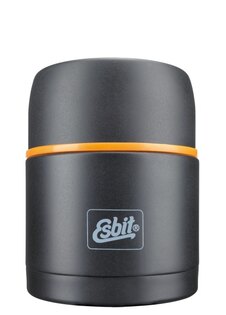


Thermal Food Container ESBIT® FJ500ML

Stainless Steel Thermal Container Majoris ESBIT® 0,8 l



Stanley® food thermos with spoon / fork 400 ml
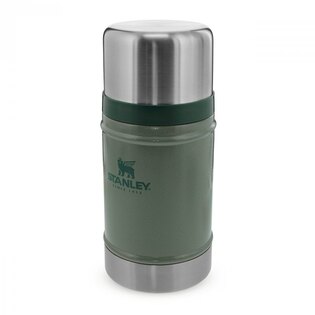


Stanley® Classic food thermos 700 ml
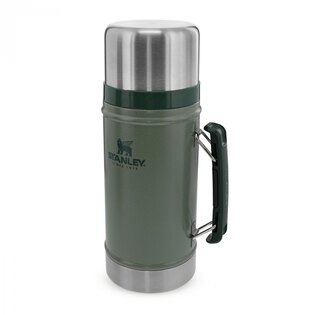
Stanley® Classic food thermos 940 ml
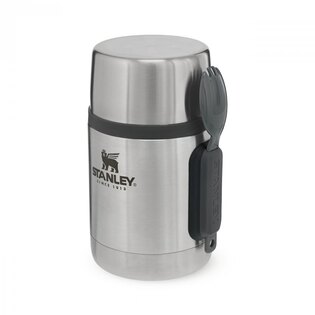
Stanley® food thermos with spoon 530 ml
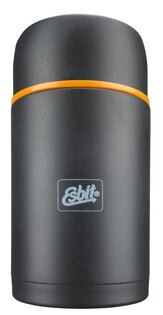
Thermal Food Container ESBIT® FJ1000ML
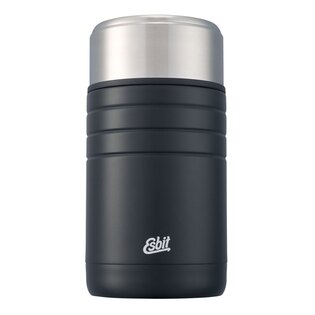
Stainless Steel Thermal Container Majoris ESBIT® 1 l
